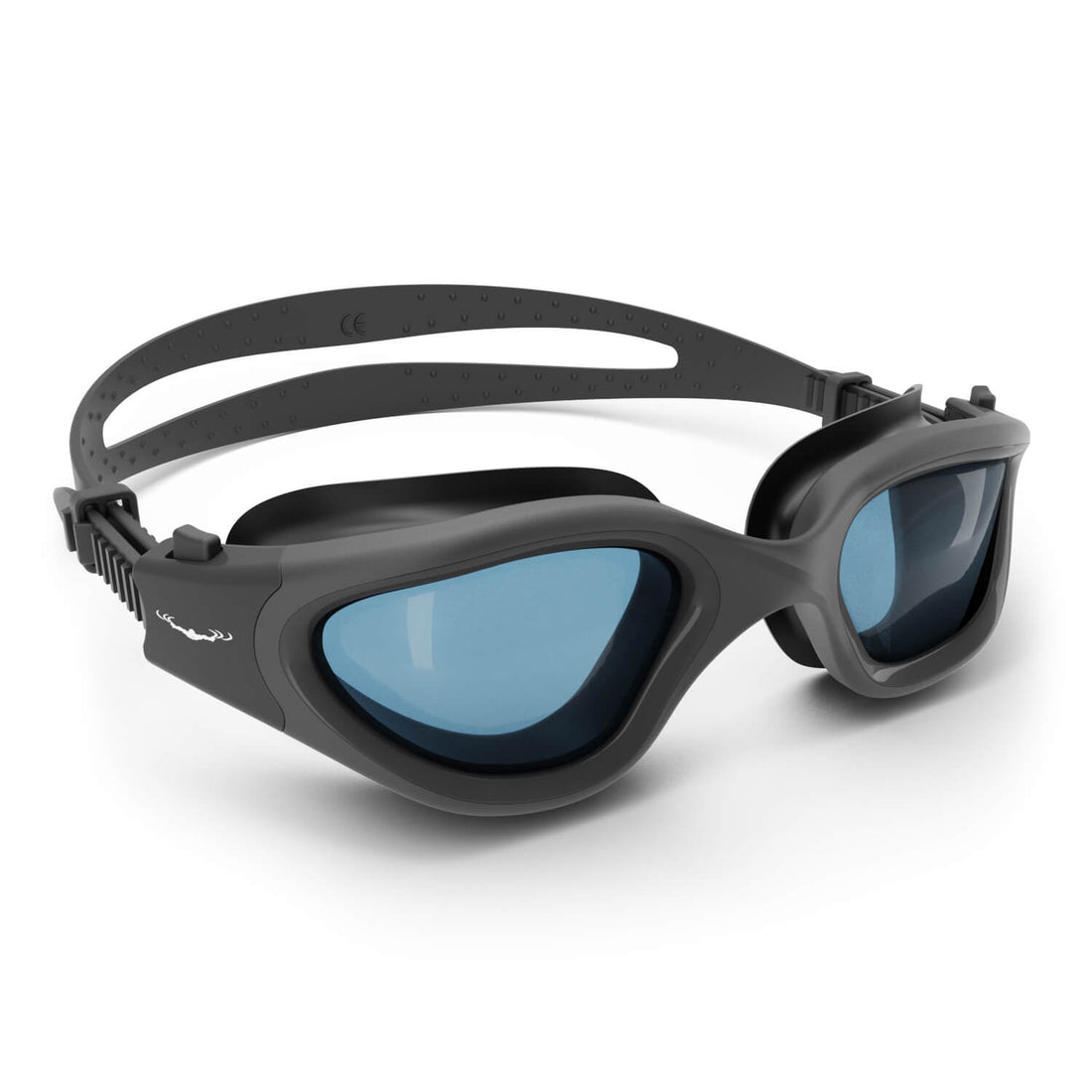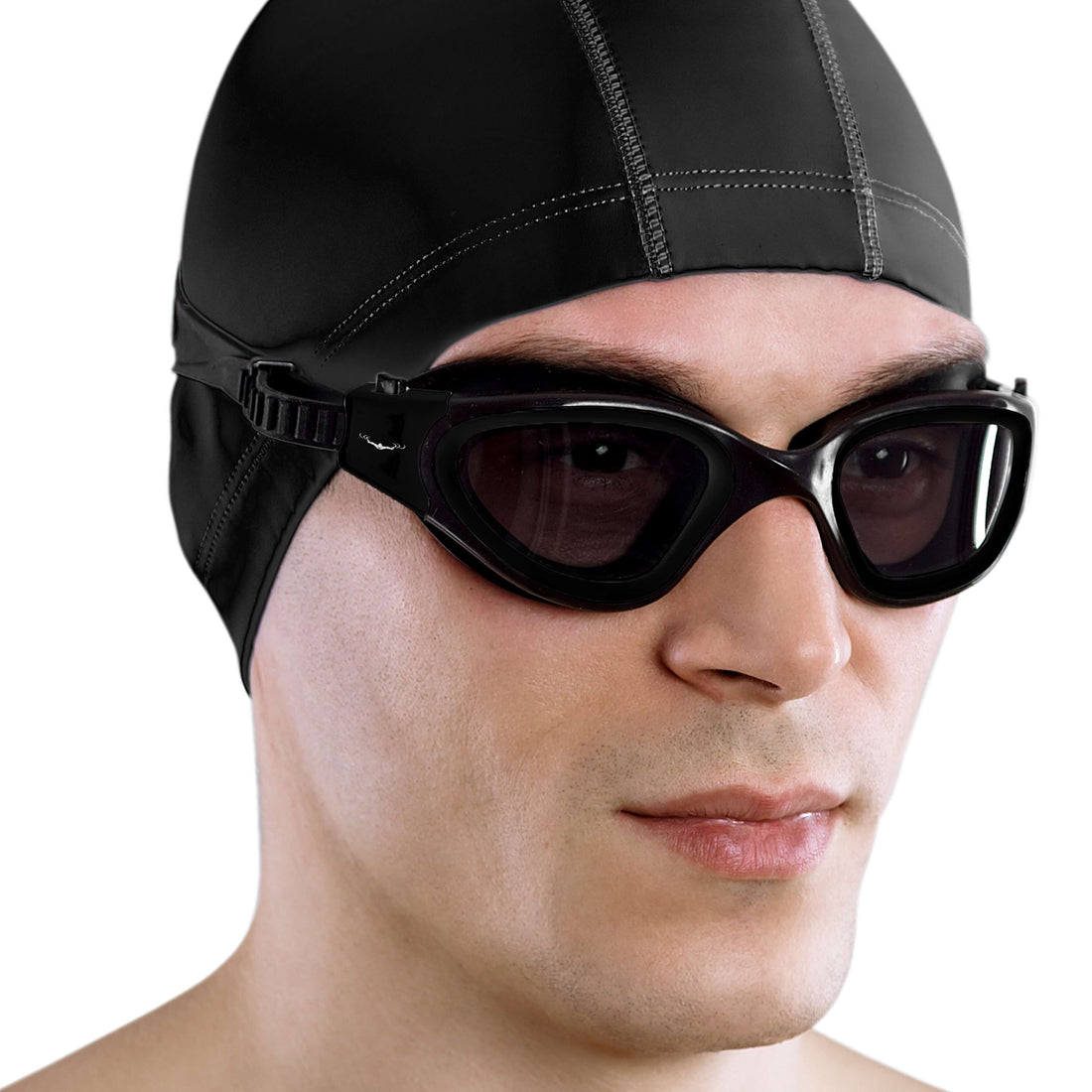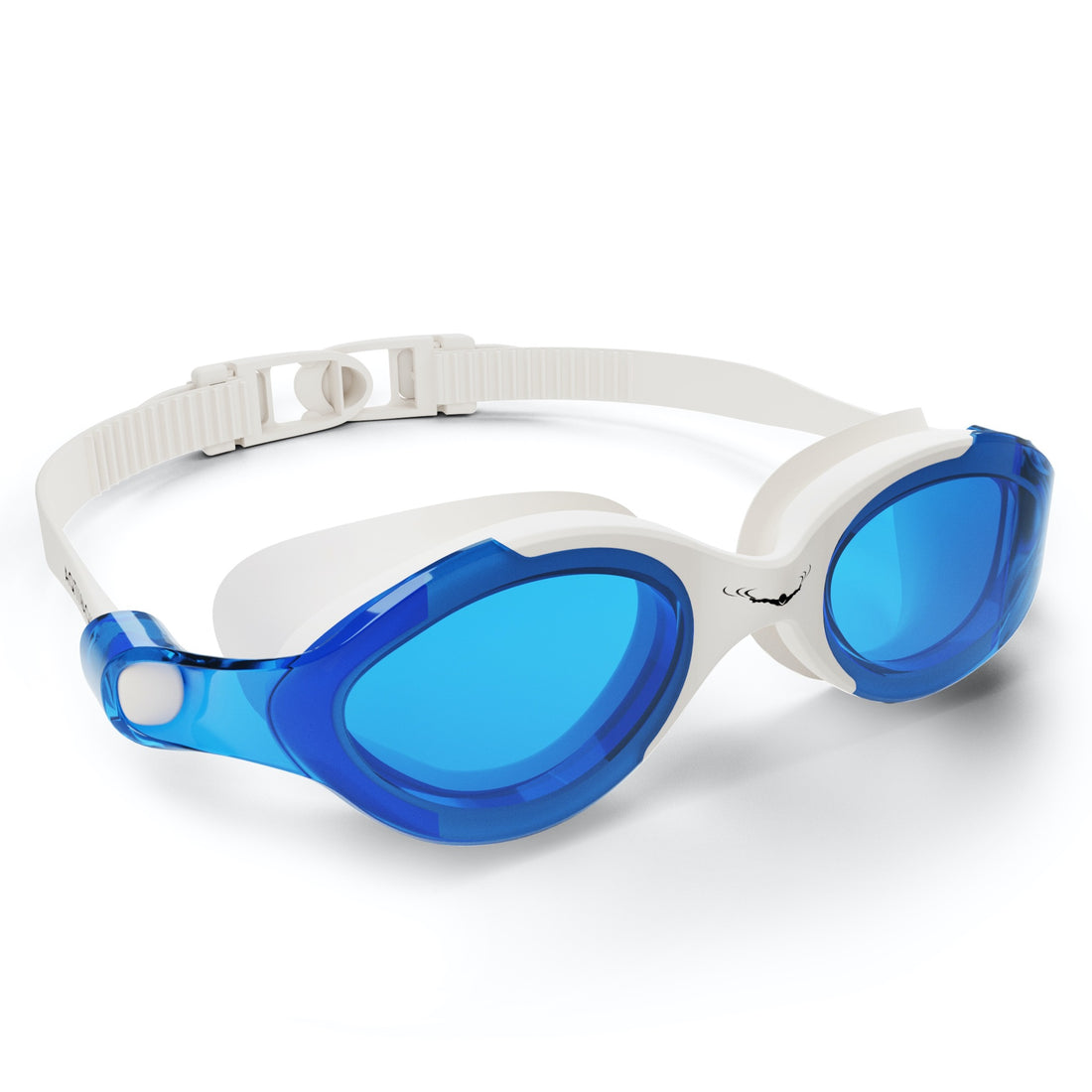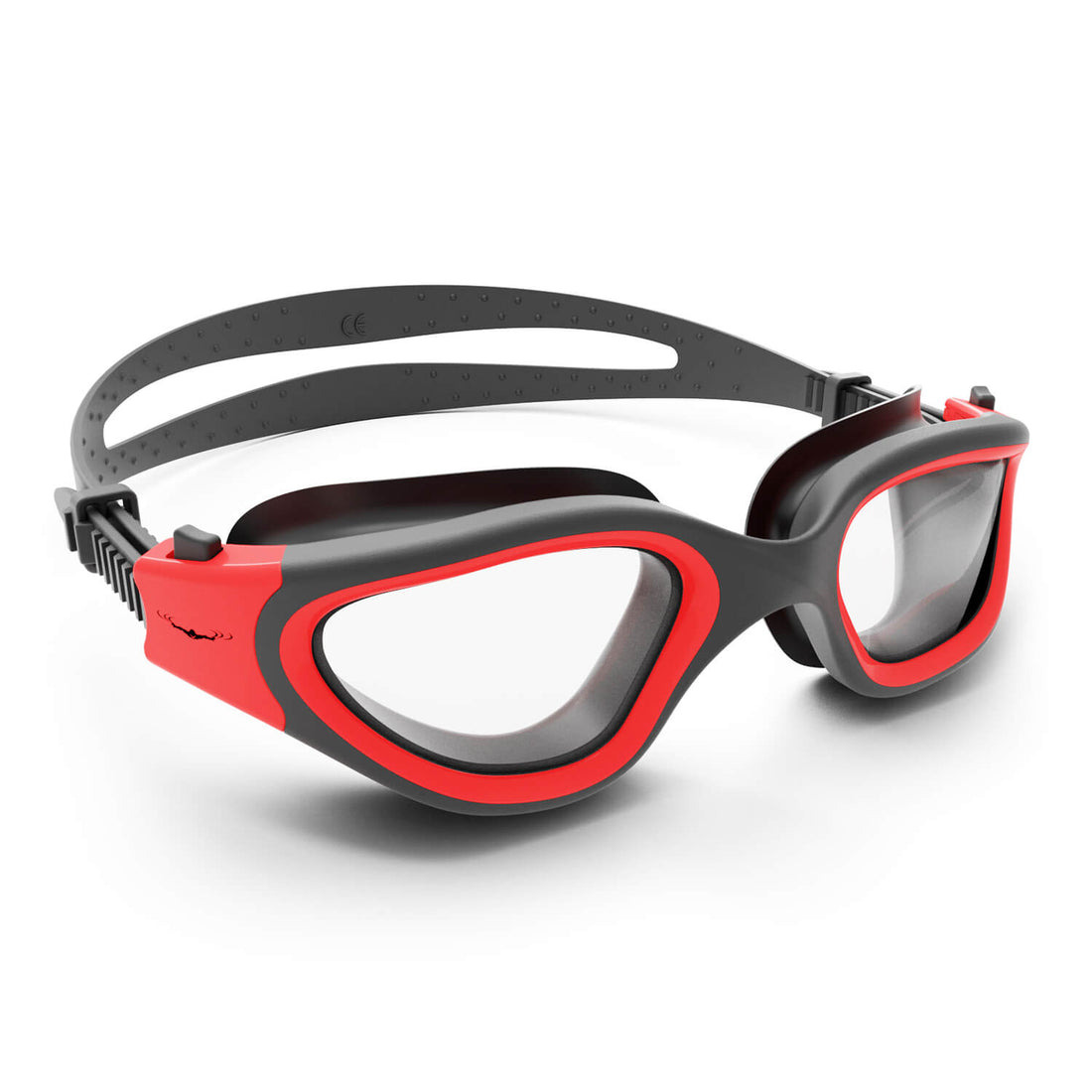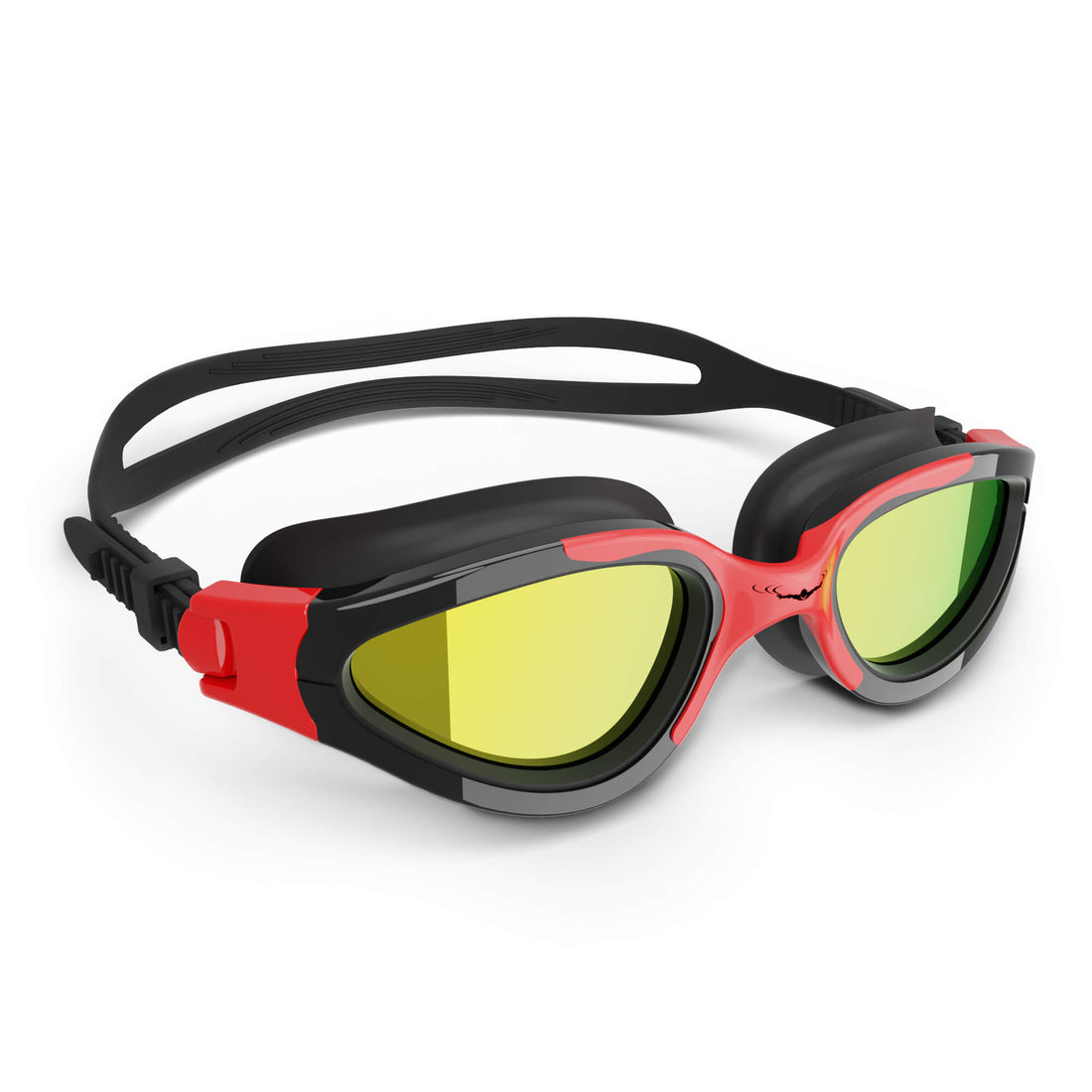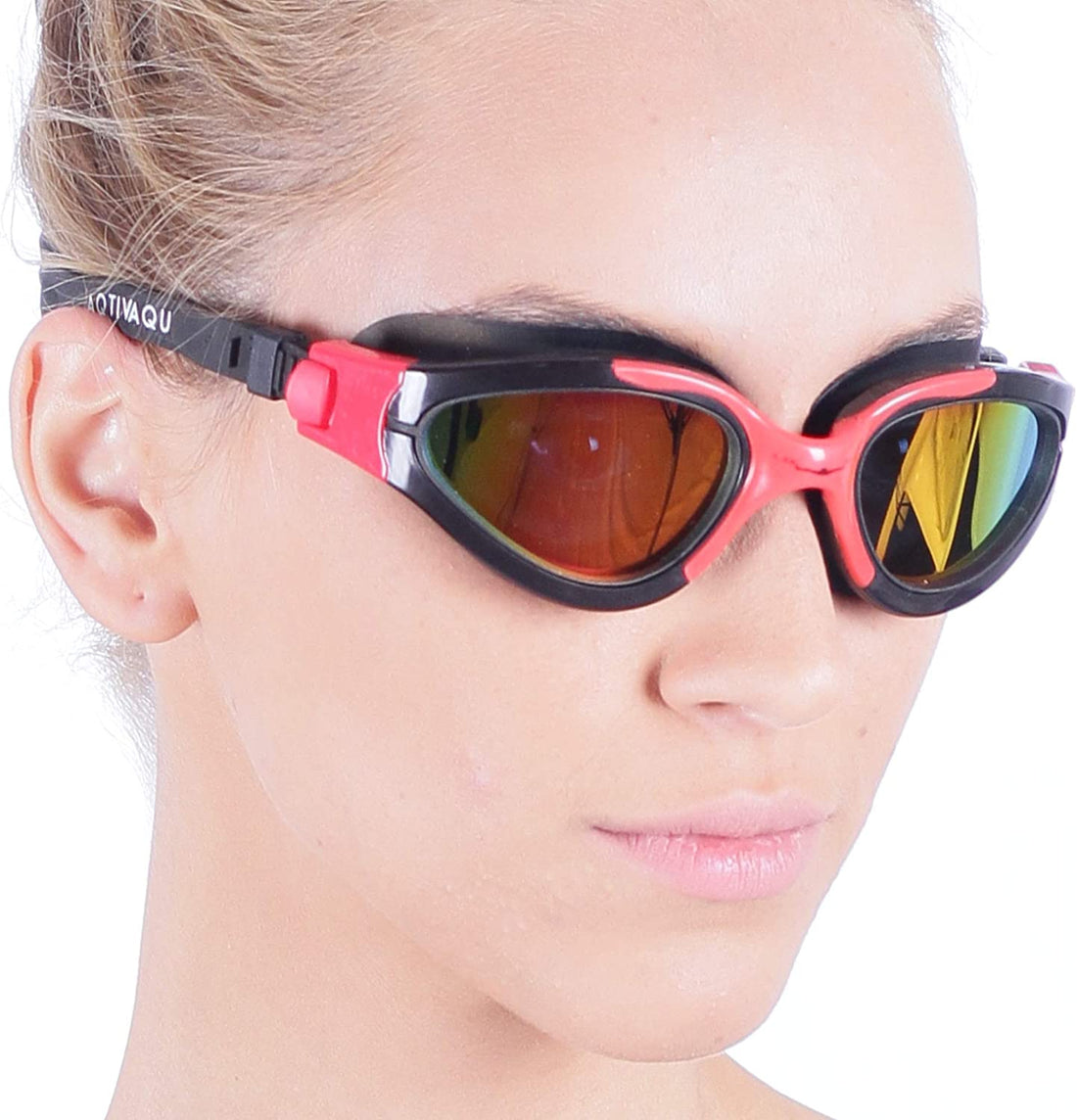Introduction
Swimming goggles are an essential piece of equipment for swimmers, providing clear vision and protecting the eyes from water, chlorine, and debris. One common problem that swimmers face is fogging of the goggles, which can significantly impair vision and disrupt performance. This article will delve into the science behind anti-fog swimming goggles, their benefits, and how to properly maintain them for long-lasting, fog-free experiences.
The Science of Fogging and Anti-Fog Goggles
Fogging occurs when the temperature difference between the warm, moist air inside the goggles and the colder water outside the goggles causes water vapor to condense on the inner surface of the lenses. This condensation forms a thin layer of tiny water droplets, which scatter light and create the foggy appearance.
Anti-fog swimming goggles are designed to minimize or prevent fogging through various methods:
-
Hydrophilic coatings: Some goggles feature a hydrophilic (water-attracting) coating on the inner surface of the lenses. This coating encourages the water droplets to spread out evenly, forming a thin, transparent layer rather than clustering together and creating fog.
-
Dual-pane lenses: These goggles have two separate lenses separated by a thin layer of air, which serves as insulation. This design reduces the temperature difference between the inner and outer lenses, minimizing condensation.
Benefits of Anti-Fog Swimming Goggles
Anti-fog swimming goggles offer several advantages over traditional goggles:
-
Improved visibility: Fog-free lenses allow swimmers to see clearly underwater, enhancing performance, and improving safety.
-
Comfort: Swimmers can focus on their technique and enjoy their swim without constantly having to clear fog from their goggles.
-
Durability: High-quality anti-fog goggles are built to withstand the rigors of regular use and maintain their anti-fog properties over time.
Maintaining Your Anti-Fog Swimming Goggles
To ensure the longevity and effectiveness of your anti-fog swimming goggles, follow these maintenance tips:
-
Rinse after use: Always rinse your goggles with fresh water after each swim to remove chlorine, salt, and other contaminants that can degrade the anti-fog coating.
-
Avoid touching the lenses: Resist the temptation to touch or wipe the inner surface of the lenses, as this can damage the anti-fog coating. If you need to clean the lenses, use a soft microfiber cloth to gently dab away any dirt or smudges.
-
Store in a protective case: Keep your goggles in a protective case when not in use to prevent scratches and other damage.
-
Dry properly: Allow your goggles to air-dry in a well-ventilated area, avoiding direct sunlight, which can degrade the anti-fog coating.
-
Use anti-fog solutions or sprays: If your goggles start to lose their anti-fog properties, consider using an anti-fog solution or spray to rejuvenate the coating. Be sure to follow the manufacturer's instructions carefully.
-
Replace the lenses or goggles: Eventually, the anti-fog coating may wear out, and you may need to replace the lenses or invest in a new pair of goggles. Regularly inspect your goggles for signs of wear and replace them as needed to ensure optimal performance.
Conclusion
Understanding the science behind anti-fog swimming goggles and knowing how to properly maintain them can significantly enhance your swimming experience. By choosing high-quality anti-fog goggles and following the maintenance tips outlined in this article, you can enjoy clear, fog-free vision during every swim. Remember, investing in the right equipment and taking care of it will not only improve your performance but also increase the longevity of your swimming gear.
In conclusion, anti-fog swimming goggles are a game-changer for swimmers of all levels. By preventing the annoying and disruptive issue of fogging, they allow you to focus on your technique, speed, and enjoyment of the water. With the proper care and maintenance, your anti-fog goggles will serve you well for many swims to come. So, invest in a quality pair and follow these guidelines to ensure that fogging becomes a thing of the past in your swimming experience.



